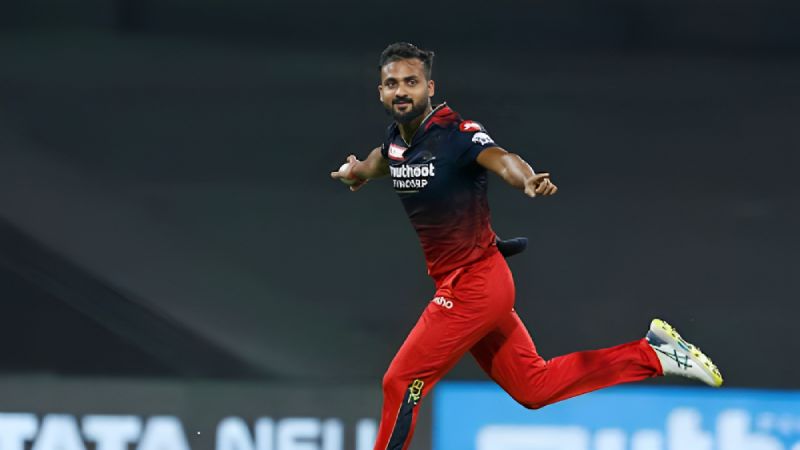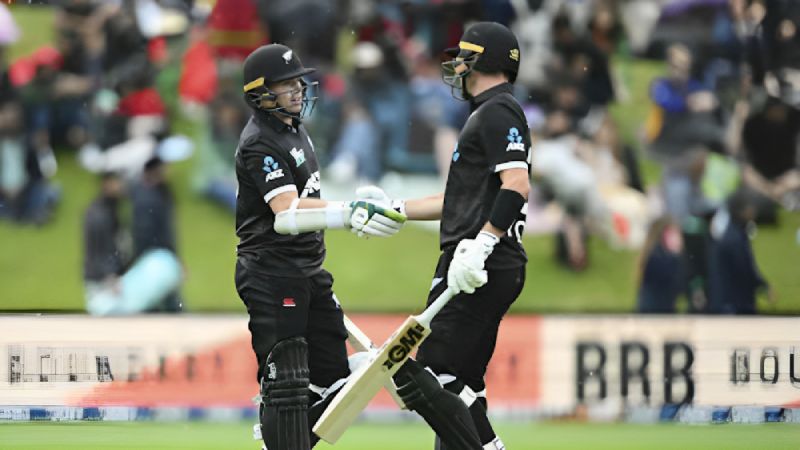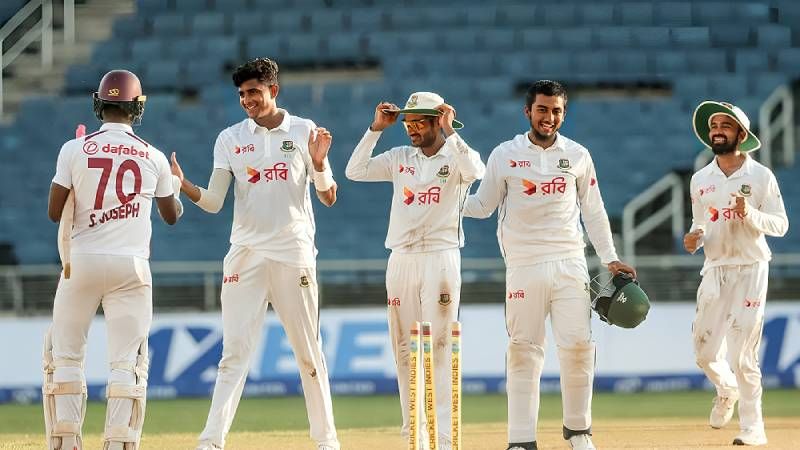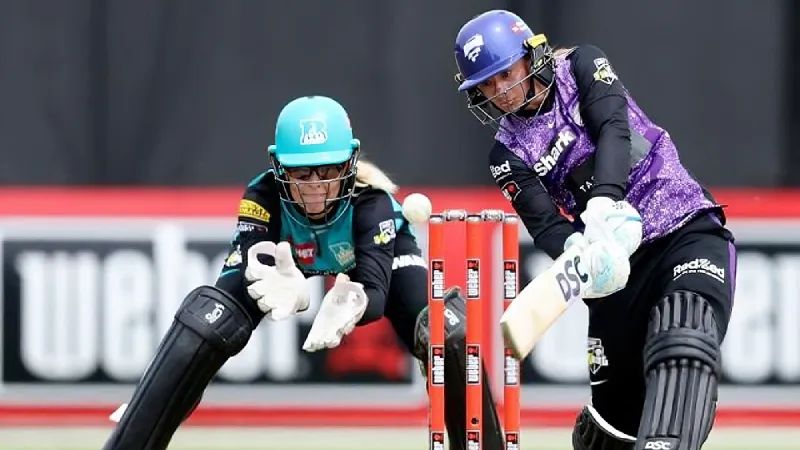Why Aakash Deep for Deepak Chahar is the Right Move for India’s ODI Squad


The recent decision to include Aakash Deep in place of Deepak Chahar for the ODI series in South Africa seems like a well-thought-out move by the Indian selectors. This decision holds merit on several fronts, emphasizing the need for a strategic approach to building a balanced and effective team for the upcoming challenges.
One of the most compelling reasons behind Aakash Deep’s inclusion in the squad is his clean slate when it comes to past baggage. Unlike some of the other players who might carry the weight of past defeats, Akash Deep enters the international arena with a fresh perspective. This can be a crucial factor, especially considering the disappointment of India’s loss in the World Cup final.
Moreover, Aakash Deep’s inclusion provides an opportunity for efficient workload management among the pace bowlers. In a sport where player fitness and stamina play pivotal roles, managing the workload becomes imperative. By rotating pacers strategically, the team can ensure that key players are well-rested and perform at their optimal levels when it matters the most.
Cricket is a game deeply influenced by the conditions in which it is played. The decision to bring in Aakash Deep is not only about replacing a player but also about tailoring the squad to suit the challenges posed by South African conditions. Deepak Chahar, known for his ability to swing the new ball, might find himself less effective as the match progresses and the ball stops swinging.
On the other hand, Aakash Deep‘s style of hitting the deck hard and bowling aggressive lengths in the upper 130s makes him well-suited for conditions where swing assistance might be limited. His ability to adapt to different conditions and make an impact even in the absence of conventional swing adds a valuable dimension to the Indian bowling attack.
The inclusion of Aakash Deep also addresses the need for a like-for-like replacement in the team. In a format where batting depth is crucial, especially with the tailenders, players like Deepak Chahar and Shardul Thakur have been valuable assets. However, Chahar’s recurrent injuries and Thakur’s inconsistency with the ball opened the door for someone like Aakash Deep.
Aakash Deep, having showcased his batting prowess in domestic cricket, can add depth to the lower order. His ability to contribute with the bat when needed makes him a versatile asset, providing the team with additional options in the quest for a well-rounded playing XI.
The decision to include Aakash Deep in the ODI squad for the South Africa series is a strategic move by the Indian selectors. It not only addresses immediate concerns but also aligns with the team’s long-term vision, preparing for the challenges of the 2027 World Cup. With a fresh perspective, adaptability to conditions, and an added dimension of batting depth, Aakash Deep’s inclusion reflects a thoughtful approach to team composition in the dynamic world of international cricket.
More Cricket Article


These 5 Talented Bowlers Could Steal the Spotlight in UP T20 2024
The UP T20 League 2024 is set to be an exciting spectacle, featuring exceptional cricketing talent from Uttar Pradesh. Among the participants, five bowlers are


What to Expect in the 2nd ENG vs SL Test: Three Critical Aspects
As England and Sri Lanka prepare to face off in the second Test at Lord’s, the series is finely poised. England secured a convincing win


West Indies Dominate in T20 Series as South Africa’s Lack of Depth Is Exposed Ahead of 2026
The West Indies have once again proven their mettle in the T20 format, clinching yet another series victory against South Africa, making it their third





